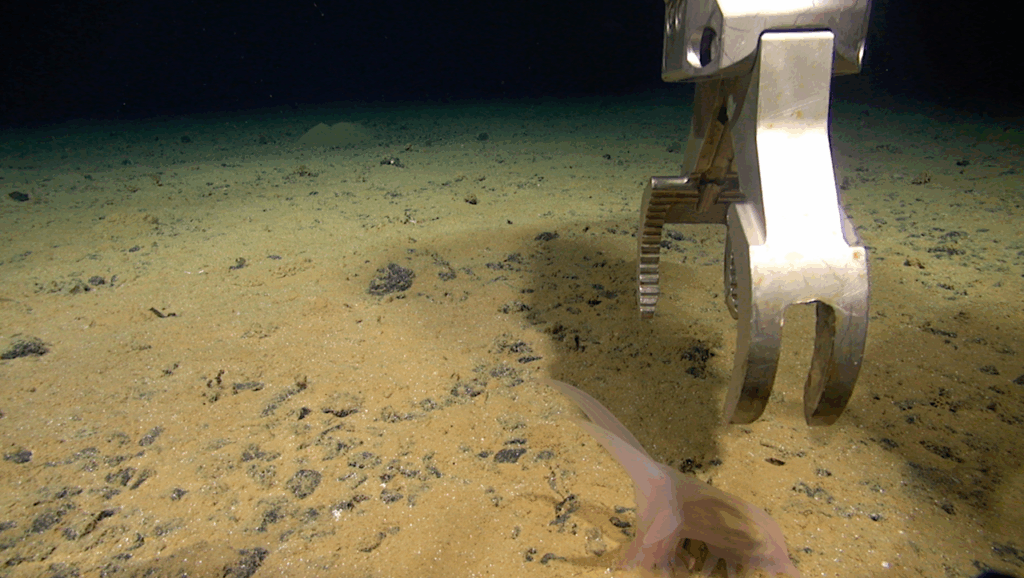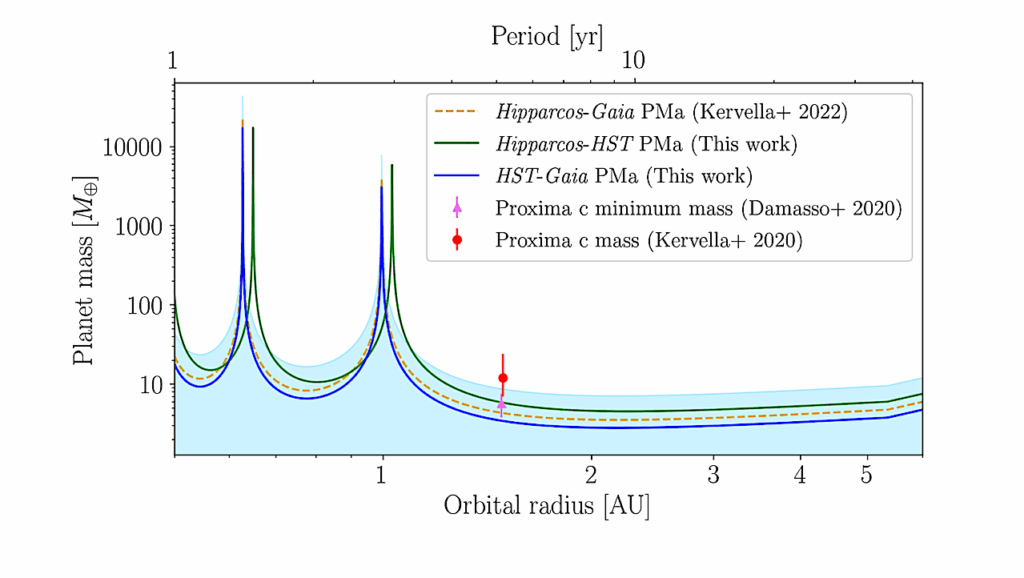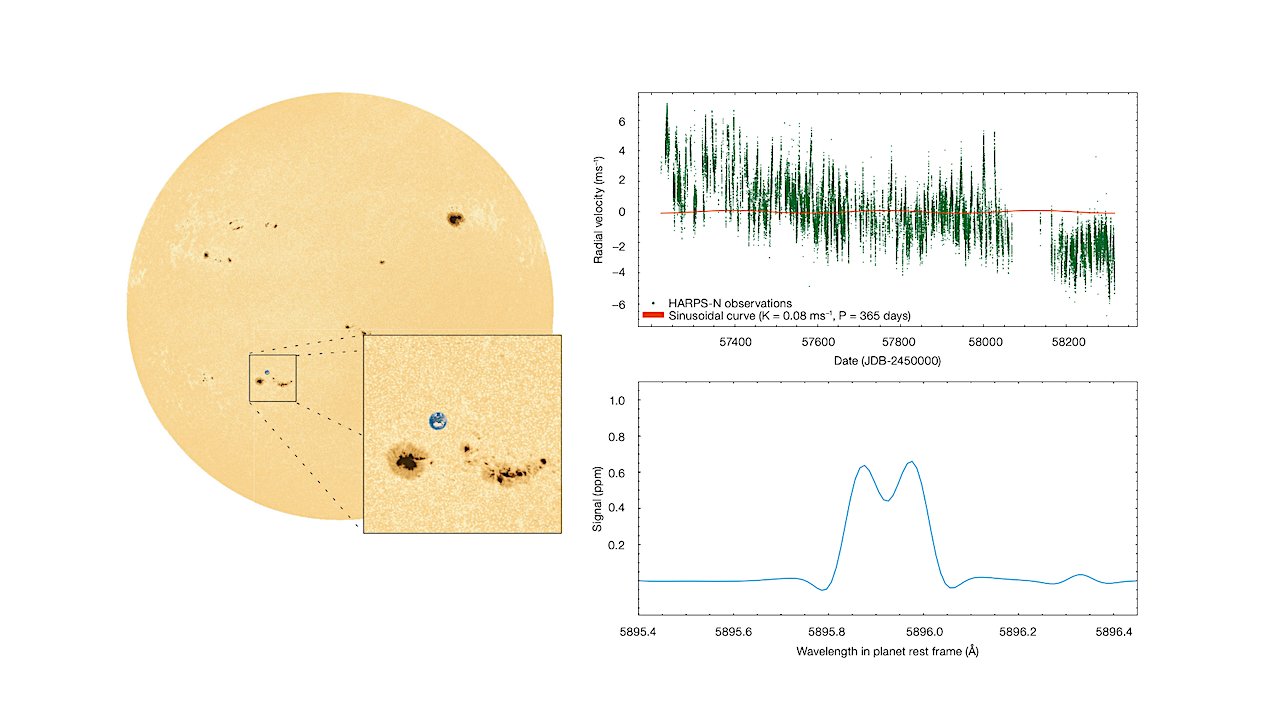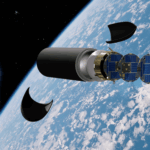Now Reading: Detection of Deuterated Hydrocarbon Nanoparticles in the Whirlpool Galaxy, M51
-
01
Detection of Deuterated Hydrocarbon Nanoparticles in the Whirlpool Galaxy, M51
Detection of Deuterated Hydrocarbon Nanoparticles in the Whirlpool Galaxy, M51
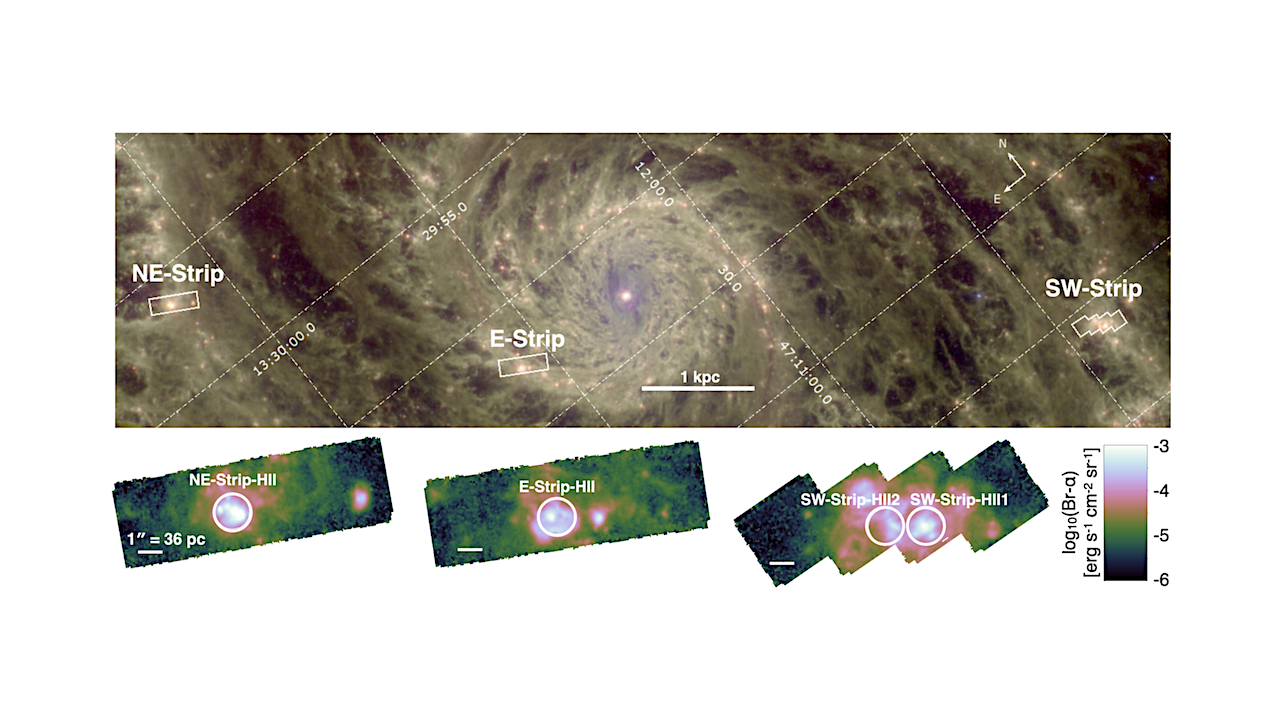

Image of a portion of M51; RGB=F1800W/F1130W/F560W (18µm, 11.3µm, 5.6µm). Areas where we have obtained complete 1 − 28µm spectroscopy are indicated. Expanded cutouts are Brα (4.05µm) images of these areas. Spectra have been extracted for the four r = 0.75′′ circular regions shown in the cutouts. — astro-ph.GA
Deuteration of hydrocarbon material, including polycyclic aromatic hydrocarbons (PAHs), has been proposed to account for the low gas-phase abundances of D in the interstellar medium.
JWST spectra of four star-forming regions in M51 show an emission feature, with central wavelength ∼4.647μm and FWHM 0.0265μm, corresponding to the C-D stretching mode in aliphatic hydrocarbons. The emitting aliphatic material is estimated to have (D/H)aliph≈0.17±0.02 — a factor ∼104 enrichment relative to the overall interstellar medium (ISM).
On ∼50pc scales, deuteration levels toward four HII regions in M51 are 2-3 times higher than in the Orion Bar photodissociation region (PDR), with implications for the processes responsible for the formation and evolution of hydrocarbon nanoparticles, including PAHs.
The deuteration of the aliphatic material is found to anticorrelate with helium ionization in the associated HII, suggesting that harsh FUV radiation may act to lower the deuteration of aliphatics in PDRs near massive stars. No evidence is found for deuteration of aromatic material, with (D/H)arom≲0.016: deuteration of the aliphatic material exceeds that of the aromatic material by at least a factor 10.
The observed levels of deuteration may account for the depletion of D observed in the Galactic interstellar medium. If so, the 4.65μm feature may be detectable in absorption.
B. T. Draine, Karin Sandstrom, Daniel A. Dale, J.-D. T. Smith, Ryan Chown, Grant P. Donnelly, Sara E. Duval, Cory M. Whitcomb, Angela Adamo, L. Armus, Danielle A. Berg, Torsten Böker, Alberto D. Bolatto, Martha L. Boyer, Daniela Calzetti, B. G. Elmegreen, Brandt A. L. Gaches, Karl D. Gordon, L. K. Hunt, R. C. Kennicutt, Ralf S. Klessen, Thomas S.-Y. Lai, Adam K. Leroy, Sean T. Linden, Alex Pedrini, Noah S. J. Rogers, Julia C. Roman-Duval, Eva Schinnerer, Evan B. Skillman, Fabian Walter, Tony D. Weinbeck, Benjamin F. Williams
Comments: Revised. corresponding to published paper
Subjects: Astrophysics of Galaxies (astro-ph.GA)
Cite as: arXiv:2504.02538 [astro-ph.GA] (or arXiv:2504.02538v2 [astro-ph.GA] for this version)
https://doi.org/10.48550/arXiv.2504.02538
Focus to learn more
Journal reference: Astrophys. J. Letters, 948:L42 (2025)
Related DOI:
https://doi.org/10.3847/2041-8213/adc991
Focus to learn more
Submission history
From: Bruce T. Draine
[v1] Thu, 3 Apr 2025 12:39:47 UTC (2,423 KB)
[v2] Tue, 13 May 2025 18:30:29 UTC (2,423 KB)
https://arxiv.org/abs/2504.02538
Astrobiology, Astrochemistry,
Stay Informed With the Latest & Most Important News
Previous Post
Next Post
-
 012024 in Review: Highlights from NASA in Silicon Valley
012024 in Review: Highlights from NASA in Silicon Valley -
 02Panasonic Leica Summilux DG 15mm f/1.7 ASPH review
02Panasonic Leica Summilux DG 15mm f/1.7 ASPH review -
 03From Polymerization-Enabled Folding and Assembly to Chemical Evolution: Key Processes for Emergence of Functional Polymers in the Origin of Life
03From Polymerization-Enabled Folding and Assembly to Chemical Evolution: Key Processes for Emergence of Functional Polymers in the Origin of Life -
 04How New NASA, India Earth Satellite NISAR Will See Earth
04How New NASA, India Earth Satellite NISAR Will See Earth -
 05And Thus Begins A New Year For Life On Earth
05And Thus Begins A New Year For Life On Earth -
 06Astronomy Activation Ambassadors: A New Era
06Astronomy Activation Ambassadors: A New Era -
07SpaceX launch surge helps set new global launch record in 2024













